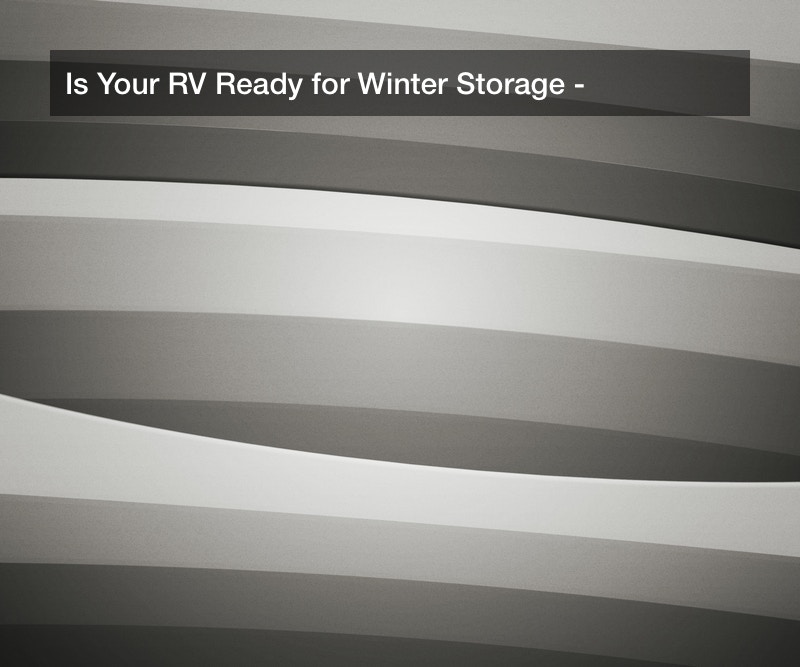 Winter is the time when all but the most diehard RV enthusiasts put away their rigs. It’s always handy to have a checklist of tasks for winterizing your RV, to make sure you don’t miss out anything important. A thorough inspection before putting your rig in storage will also help you to identify any problems that need to be fixed, and whether you need any special new or used parts for repairs.
Winter is the time when all but the most diehard RV enthusiasts put away their rigs. It’s always handy to have a checklist of tasks for winterizing your RV, to make sure you don’t miss out anything important. A thorough inspection before putting your rig in storage will also help you to identify any problems that need to be fixed, and whether you need any special new or used parts for repairs. Getting your RV ready for winter storage
The RV lifestyle combines adventure and comfort, and it has millions of dedicated enthusiasts across the country. If you count renters as well as owners, there are around 30 million RV enthusiasts around the country.
Most owners actually use their recreational vehicles only for about 28 to 35 days every year, but the rigs need care even when they are not in use, especially in the winter.
Unless you put your rig in temperature-controlled storage, your RV must be winterized. Especially in areas that get heavy snow, strong winds and below freezing temperatures, it’s necessary to make sure that your RV is covered and that the water in the different systems won’t freeze. Whether you’re a veteran RV-er or a newbie, it helps to have a checklist of tasks to make sure your rig is ready for the winter. It’s also a good way to find out what new or used parts your rig needs.
Checklist for winterizing your RV
Batteries, water pipes, tires – there’s so much to keep track of when preparing to store your rig for the winter. Here’s a handy guide and checklist for rv storage to make sure you don’t forget anything. Giving your rig a thorough once-over when putting it into storage also helps you discover if there is any need for body or appliance repairs. You can put off the repairs until the spring, which also gives you plenty of time to find the right new or used parts for your rv repair.
- Fresh water system
You want to make sure that the water in the water systems will not freeze. This includes the fresh water lines, water heater, drains, waste tanks and appliances like the washing machine, dishwasher and even the icemaker in the refrigerator. You can either add antifreeze to all water systems or use the blow-out method to empty all water lines. - Batteries
Batteries must also be protected from freezing, and the way to do this is to keep it charged. You can either remove the battery and keep in a warm location or you can use a battery charger while the RV is not in use. - Tires
Storage can be hard on tires too, and the continuous pressure on a single area can lead to flat spots. You can avoid this by increasing tire pressure or using jacks to lift the RV frame and decrease pressure on the tires. - Covers
Heavy snow can damage the body of the RV, so it should be covered. However, you should be careful not to use any kind of covering that can harm the bodywork if it works loose. The best choice is to use a special fitted RV cover compatible with your model. - Critters
Mice and other rodents might decide to make your rig their winter home, and they can do a lot of damage. It’s a good idea to try and block all spaces through which they might gain access to the interior, and to do occasional visual checks.
Your RV is an excellent travel investment and preparing it for storage is also a chance to inspect it for any problems that might need inside or auto body repairs. If you find any problems, you can wait until spring to do the repairs. This will give you plenty of time to hunt out the necessary new or used parts.


